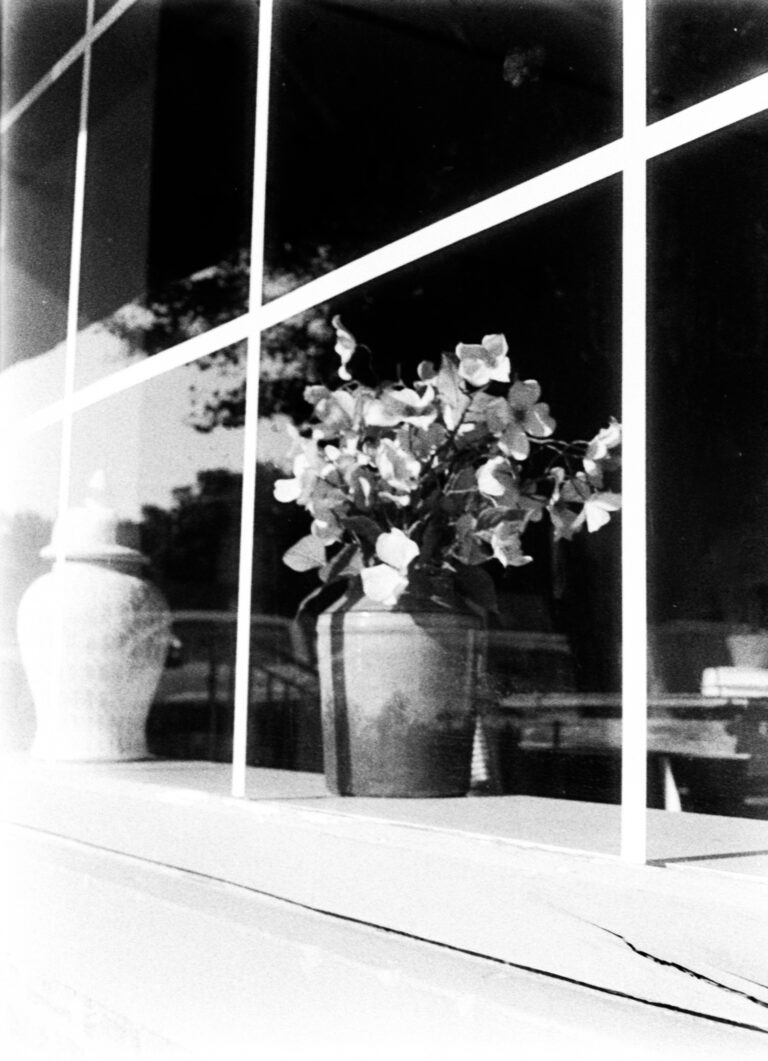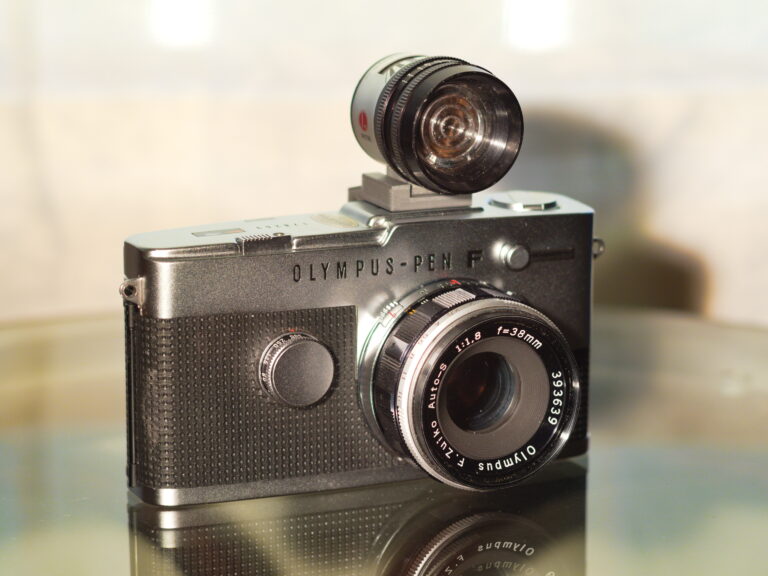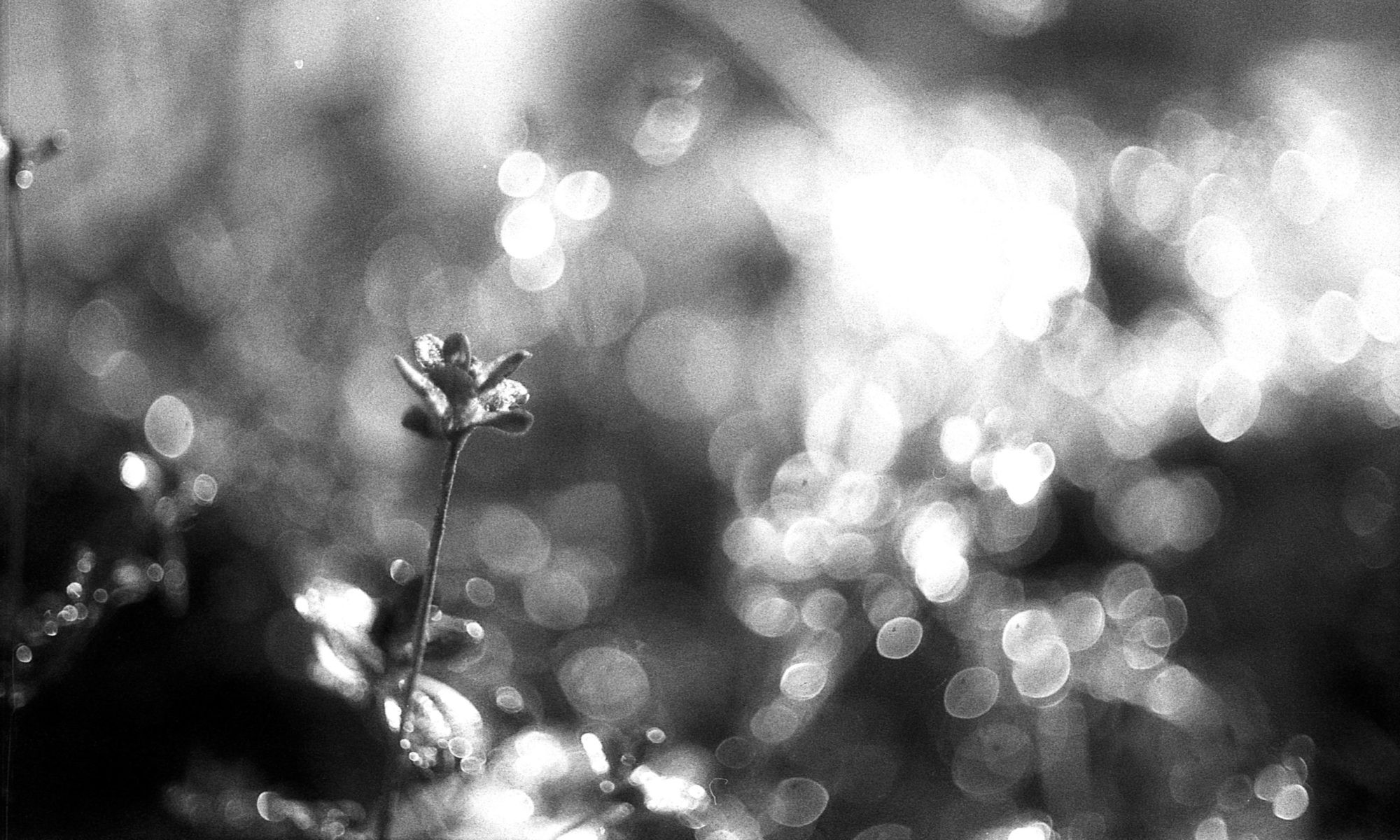A few days ago, I was chatting on an analog photography subreddit (as one does), discussing the disappearance of 12 exposure rolls. Smaller rolls would be useful for half frame cameras I lamented, not realizing I’d just made some kind of monkey’s paw wish.
One of the replies mentioned that such a thing does still exist; Five Below sells 10 exposure rolls for $5.50.
Curiosity Is Piqued
That’s not a great price for 10 frames, but I figured it might be worth it for occasional use. But mostly, I was just super curious about what this film could actually be.
There’s almost no information on the website:
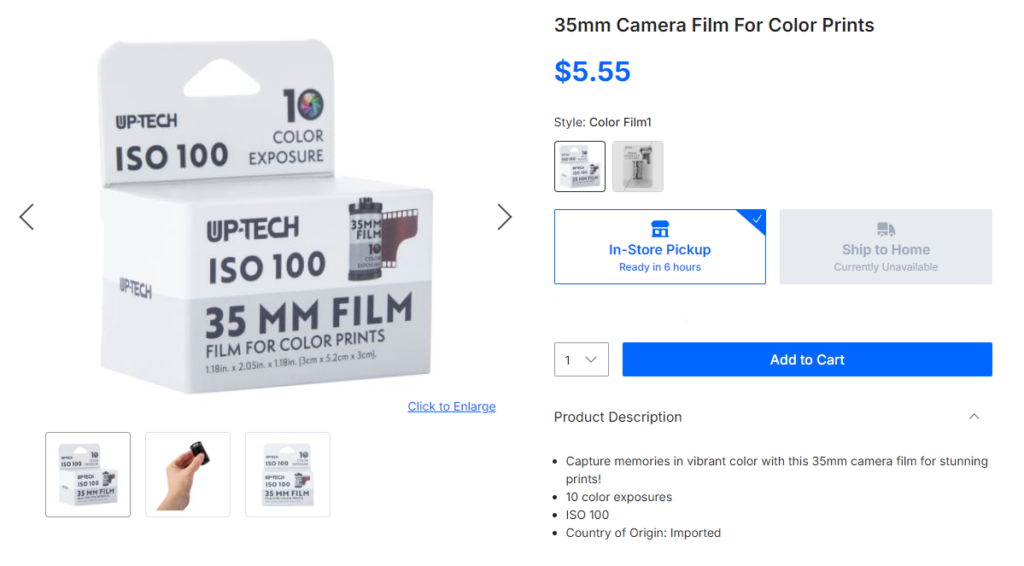
So at this point all I knew about this film was:
- Color negative
- 10 exposures
- 100 ISO
- “Imported” (whatever that means)
Not a whole lot to go on, not even any info on how it’s supposed to be processed (foreshadowing).
What’s Up-Tech?
If you saw Smarter Every Day’s video series about how Kodak makes film (highly recommended by the way), you know that making color film is really, really hard. There aren’t a lot of companies that do it.
That meant that there were only a few things this film could be. I was thinking it would either be some kind of rebranded Kodak product (like Fuji’s latest offerings) or maybe film from some Chinese OEM like Lucky Film based on that “imported” origin.
I figured there was only one way to find out, so I went out and bought two rolls at the local Five Below.
Surprise! It’s Kodak.
The sharp corners on the sprocket holes are a tell-tale sign that this is respooled motion picture film.
This is not unusual. It’s pretty common to see Vision3 respooled and sold for use in 35mm cameras; it’s great film. If you’ve heard of Cinestill, this is where they get their film from.
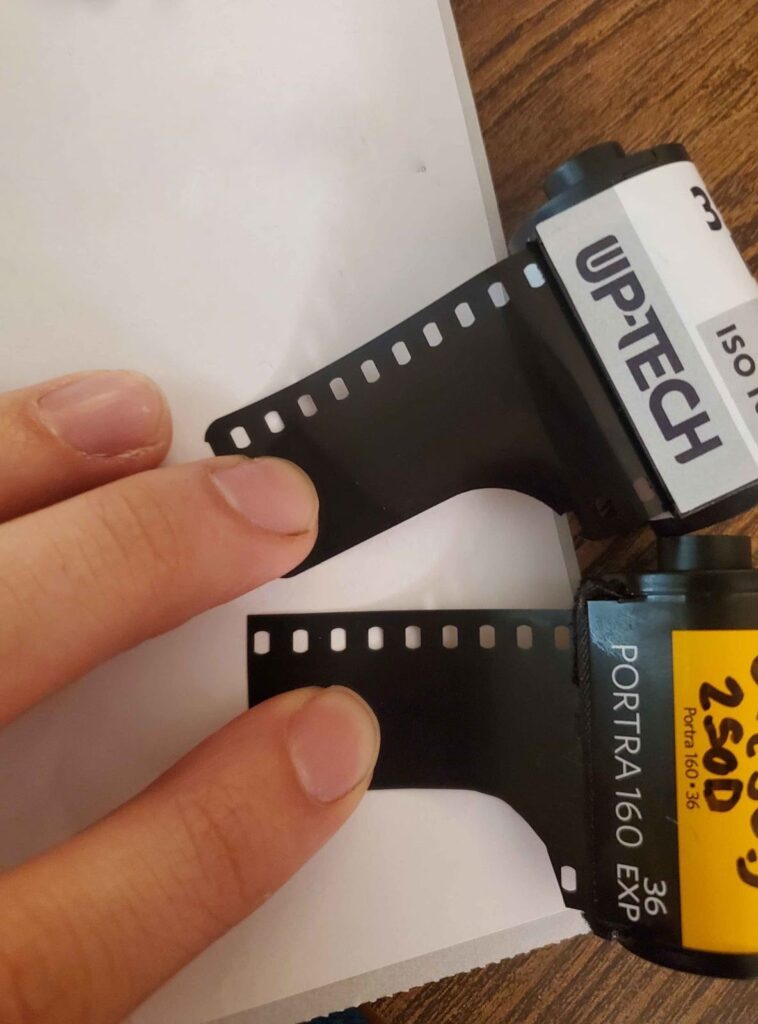
Remjet? Remjet!
Here’s where the problem lies. Motion picture film has a layer called remjet that makes it incompatible with the standard C-41 process. Its process is called ECN-2. Cinestill removes the remjet, which is why their film can be developed by any color film lab.
I saw someone in the original comment thread mention that the Up-Tech film had remjet and required special processing, but I didn’t believe it because that would be hugely irresponsible of Five Below.
In a minilab processor like most film labs use, remjet can contaminate chemicals, gum up rollers, and cause big problems for both the Vision3 film and any other normal film in the machine at the time. This is why most labs won’t process unmodified movie film, and the ones that do charge extra.
But this film definitely still has its remjet! The black layer is clearly visible, and when I developed it the remjet remover came out pitch black.
So if the tech running the machine at a lab doesn’t notice the dark backing of this film, that’s potential big problems for the lab. And again, there’s no indication on the packaging that this isn’t a C-41 film.
But Wait, it Gets Worse!
I hope you weren’t planning on shooting this in an electronic camera; the canisters don’t have a DX code. Well, they sort of do. It’s printed on. Last I checked, DX codes need to be conductive. They have a fake DX code. This is some next level stuff!
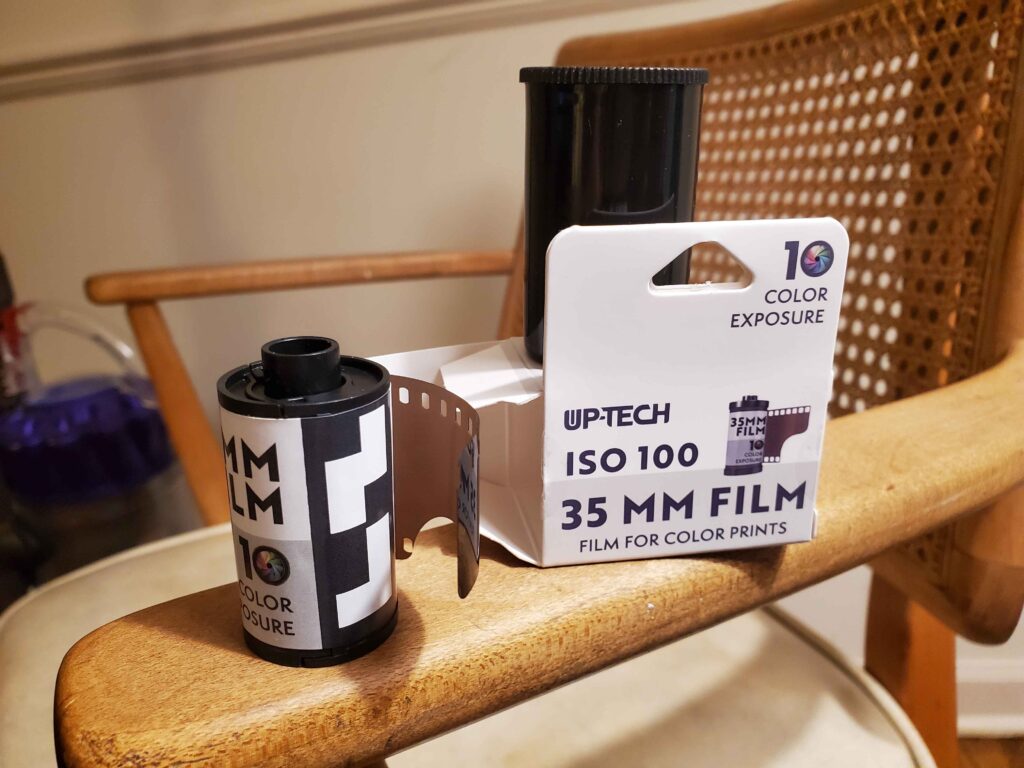
A minor update: someone on Reddit decoded the DX code, and it turns out it’s not even correct. Utterly baffling.

$5.50 is Actually a Ripoff
I mentioned earlier that the price of this film isn’t great. Well, I did some calculations, and $5.50 for 10 frames comes to $0.55 per frame (real difficult math here). For comparison, Kodak’s top of the line color negative film, Ektar 100, is only around $0.38 per frame.
The Pictures
Alright, I won’t keep you in suspense any longer.
I processed the roll myself, since remjet is no issue for home development. The pictures came out just fine, decent colors, and nice sharpness and grain especially for half frame shots. Not that I was expecting bad results; Vision3 is a good film.



According to the edge markings, this is Vision3 250D. Initially I thought the film was from 2015, but upon closer inspection the number is actually 2815, so it’s not a date. This shred of film is not long enough to contain date information, so the jury’s still out on whether this film is out of date.
If it is though, it could explain why they want you to overexpose it at ISO 100, perhaps to compensate for base fog. Either way, the film handled the overexposure well, as Vision3 usually does.
In Summation…
Honestly, I’m not sure how to feel about this experience. I definitely feel ripped off, for starters.
Figuring out what this film was, and then laughing at how incompetently it’s priced, packaged, and sold was a great time though. So I think I got my money’s worth.
If you like the look of this film, you’d be much better served finding a shop on ebay selling bulk loaded canisters. The prices will be way better, and I’d rather support a private seller’s hobby than line the pockets of Five Below.
So I guess that’s it. Overpriced film from an untrustworthy source it turns out, is overpriced and untrustworthy. Good one, monkey’s paw, point taken.

